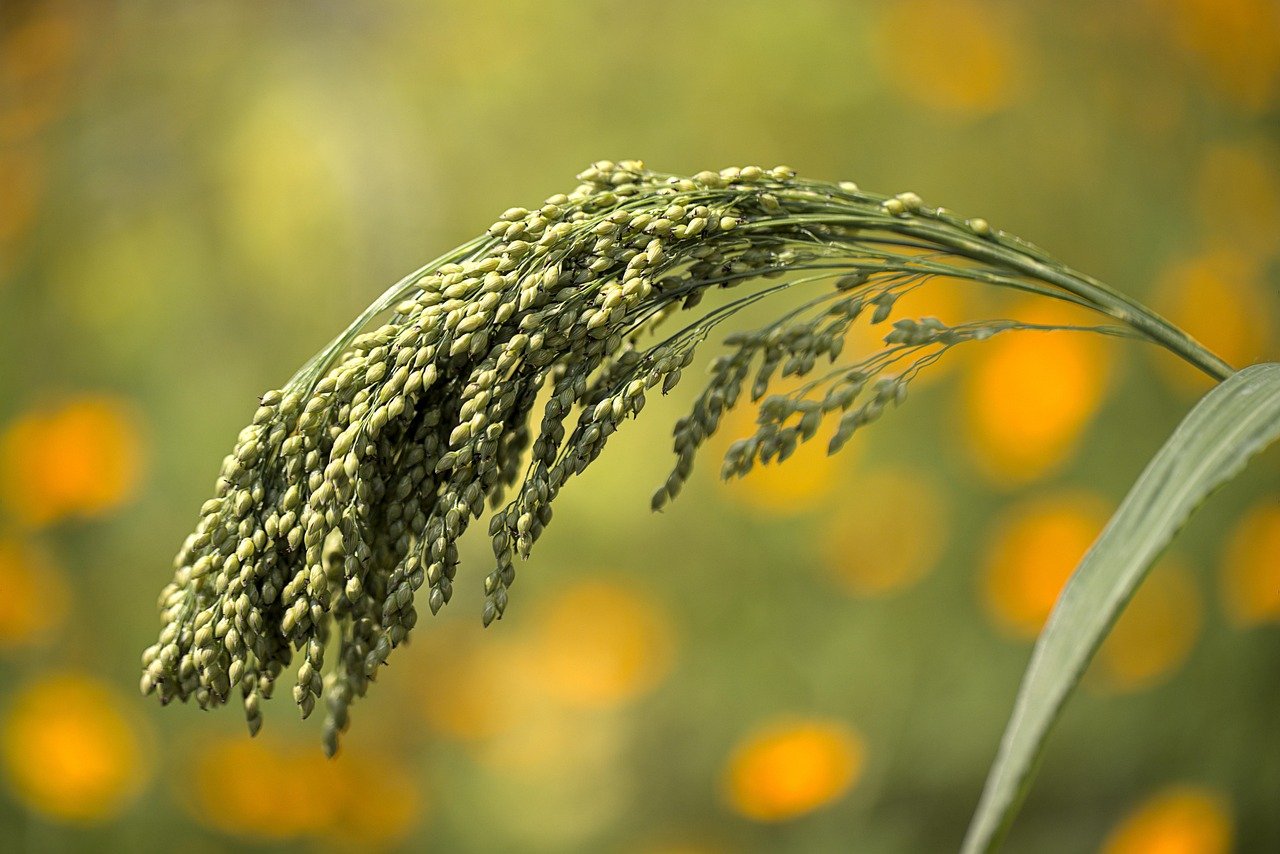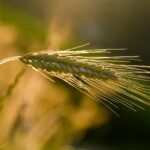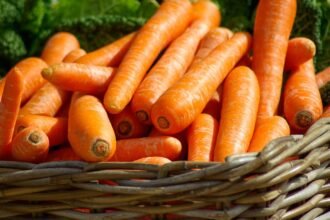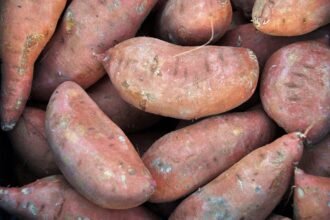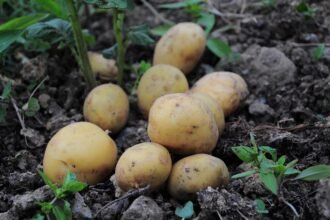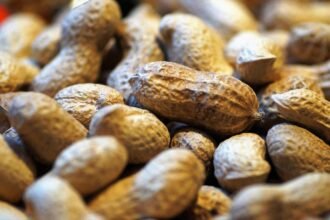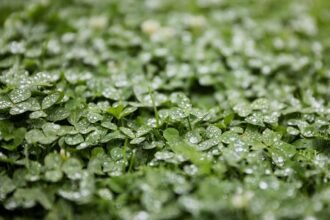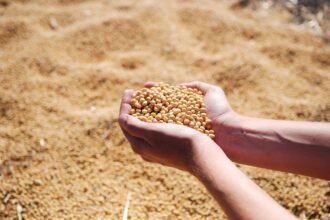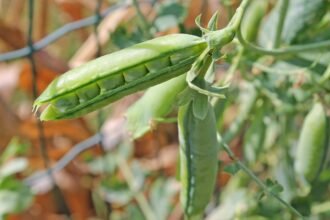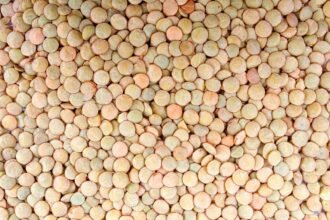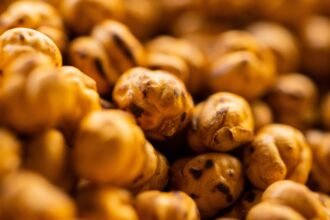Millet is a group of small, drought-tolerant cereal grains that have been a staple in many parts of the world for centuries. Known for its high nutritional value, millet is used for human consumption, livestock feed, and in some cases, even biofuel production. Given its adaptability to different climates and soils, millet is an excellent choice for farmers in arid and semi-arid regions. However, successful millet farming requires careful technical management practices to achieve optimal yields and high-quality grain. This comprehensive guide covers the essential steps for growing millet, from soil preparation and planting to pest management and harvesting.
1. Soil Preparation and Fertility Management
Millet grows best in well-drained, sandy to loamy soils, but it can tolerate poorer soil conditions compared to other cereal grains. However, for maximum yield and quality, it is crucial to prepare the soil adequately and manage soil fertility.
Key steps:
- Soil Testing: Before planting, conduct a soil test to assess nutrient levels and pH. Millet grows best in soils with a slightly acidic to neutral pH (around 5.5 to 7.0).
- Tillage: Millet does not require deep tillage, but preparing a fine seedbed is important for good seed-to-soil contact and uniform germination. Plowing to a depth of 15–20 cm (6–8 inches) is typically sufficient.
- Organic Matter: Incorporating organic matter such as compost, well-rotted manure, or green manure can improve soil structure, nutrient content, and water retention. This is particularly important in sandy soils.
- Fertilization: Millet is generally a low-input crop, but applying a balanced fertilizer that contains nitrogen (N), phosphorus (P), and potassium (K) can help improve growth. Excessive nitrogen can lead to excessive vegetative growth, so use nitrogen sparingly. Apply phosphorus and potassium based on soil test results.
2. Selecting the Right Millet Variety
Choosing the right millet variety for your region is essential for achieving good yields. There are several species of millet, and each has unique growing requirements:
- Pearl Millet (Pennisetum glaucum): The most widely grown millet variety, known for its drought tolerance. It is suited for hot, dry climates and is commonly grown in parts of Africa and India.
- Finger Millet (Eleusine coracana): Grown mainly in Africa and Asia, it is a hardy crop that thrives in both dry and wet conditions.
- Foxtail Millet (Setaria italica): Typically grown in Asia and parts of Europe, foxtail millet is a fast-growing crop, ideal for short growing seasons.
- Proso Millet (Panicum miliaceum): This variety is well-suited for temperate climates and is often grown in the United States and parts of Europe.
Select varieties that are well-suited to your local climate, water availability, and the specific uses you have for the crop (e.g., food, fodder, or industrial applications).
3. Planting and Sowing Techniques
Millet is a relatively low-maintenance crop, but correct planting techniques are essential for successful growth.
- Planting Time: Millet is typically planted after the last frost date in spring. For many varieties, the best planting time is when soil temperatures reach 18–20°C (64–68°F), ensuring optimal germination.
- Sowing Depth: Millet seeds should be planted at a depth of 2–4 cm (0.8–1.6 inches), depending on soil type and moisture conditions. Planting too deep can delay germination, while shallow planting can expose the seed to drying out.
- Row Spacing: The recommended row spacing for millet is 20–30 cm (8–12 inches), depending on the variety and growing conditions. Wider row spacing is often recommended for larger varieties to ensure good air circulation.
- Seed Rate: The seed rate for millet typically ranges from 4 to 8 kg per hectare, depending on the variety and desired plant density. Too high a seed rate may result in overcrowding, while too low a seed rate can reduce yield potential.
4. Water Management
Millet is well-known for its drought tolerance, but it still requires adequate moisture during key growth stages, especially during flowering and grain filling.
- Water Requirements: Millet is a dryland crop that can thrive with limited water. It requires rainfall between 250 mm to 600 mm (10–24 inches) annually. However, moisture stress during flowering and grain filling can negatively impact yield and quality.
- Rain-fed vs. Irrigated Systems: Millet can be successfully grown in rain-fed conditions, particularly in arid and semi-arid regions. In areas with irregular rainfall, supplemental irrigation may be required, especially during critical growth periods.
- Irrigation Practices: Use efficient irrigation techniques like drip or sprinkler systems to minimize water wastage. Irrigate millet only during dry spells, especially at the flowering and grain-filling stages, and avoid over-watering, as it can affect root development.
5. Nutrient Management
Millet is relatively low-maintenance in terms of nutrient requirements but still benefits from a balanced nutrient management program.
- Nitrogen Fertilization: Millet has a low nitrogen requirement compared to other cereals, but applying small amounts of nitrogen at planting or during early growth can improve yield.
- Phosphorus and Potassium: Apply phosphorus and potassium based on soil test recommendations. These nutrients are critical for strong root development and improving disease resistance.
- Micronutrients: Ensure the soil is not deficient in micronutrients such as zinc, iron, and sulfur, especially in soils with low organic matter content.
6. Weed Control
Weeds compete with millet for nutrients, light, and water, and can significantly reduce yield if not controlled effectively.
- Pre-emergence Herbicides: Apply pre-emergence herbicides to control early weeds before they sprout. This is especially important for controlling grass weeds that may compete with millet.
- Post-emergence Herbicides: After millet has emerged, apply post-emergence herbicides to control broadleaf weeds. Be sure to use selective herbicides that target weeds without harming millet plants.
- Manual Weeding: In smaller operations, manual weeding may be necessary, particularly in the early stages of millet growth.
- Mulching: Use organic or plastic mulches to suppress weed growth and retain moisture, particularly during dry periods.
7. Pest and Disease Management
Millet is relatively resistant to pests and diseases compared to other cereal crops, but it is still susceptible to certain pests and diseases.
Common Pests:
- Shoot Fly: This pest damages young millet plants, causing them to wilt. Use insecticides or biological controls to manage this pest.
- Midge: Midge larvae feed on the flowers and developing seeds, leading to yield loss. Control with insecticides or by using resistant millet varieties.
- Aphids: Aphids can spread viral diseases such as the millet yellow dwarf virus. Use insecticides or natural predators to control aphid populations.
Common Diseases:
- Downy Mildew: A fungal disease that affects millet leaves. Use resistant varieties and fungicides to manage the disease.
- Leaf Spot: Leaf spot fungi can cause yellowing and reduced photosynthesis. Fungicides and crop rotation can help reduce the incidence of leaf spot.
- Rust: Rust can reduce yield by affecting millet leaves. Use resistant varieties and fungicides to prevent its spread.
8. Harvesting and Post-Harvest Handling
Harvesting millet at the right time is crucial for preserving grain quality and minimizing losses.
- Harvest Timing: Millet should be harvested when the grain is fully mature and the moisture content is about 12–14%. Delay in harvesting can lead to shattering of seeds and loss of grain.
- Mechanical Harvesting: Use a combine harvester for large-scale millet farms. The combine can cut, thresh, and clean millet in one operation, making it a time-efficient method.
- Manual Harvesting: In small-scale farming, millet is often harvested manually, especially for varieties that have tall, dense stalks. After cutting, millet should be allowed to dry in the field before threshing.
- Drying: After harvesting, millet should be dried to reduce moisture content to about 12% to prevent fungal growth and spoilage.
- Storage: Store millet in a cool, dry, and well-ventilated place. Use airtight containers or silos to protect against pests, moisture, and temperature fluctuations.
9. Sustainable Millet Farming Practices
Millet is considered an environmentally friendly crop due to its low water and input requirements. Adopting sustainable farming practices is crucial for long-term productivity.
- Water Conservation: Implement rainwater harvesting systems and use efficient irrigation techniques to minimize water wastage.
- Soil Health: Practice crop rotation and use organic fertilizers to improve soil health and reduce the need for chemical inputs.
- Weed and Pest Management: Use integrated pest management (IPM) strategies, such as biological controls and resistant varieties, to minimize pesticide use.
Conclusion
Millet is a highly nutritious, drought-tolerant crop that is well-suited for arid and semi-arid regions. By following the best practices in soil preparation, planting, irrigation, pest and disease management, and harvesting, millet farmers can achieve high yields and good-quality grain while minimizing environmental impact. Whether you are a smallholder or a commercial grower, understanding the technical aspects of millet cultivation will help you maximize productivity and sustainability.

